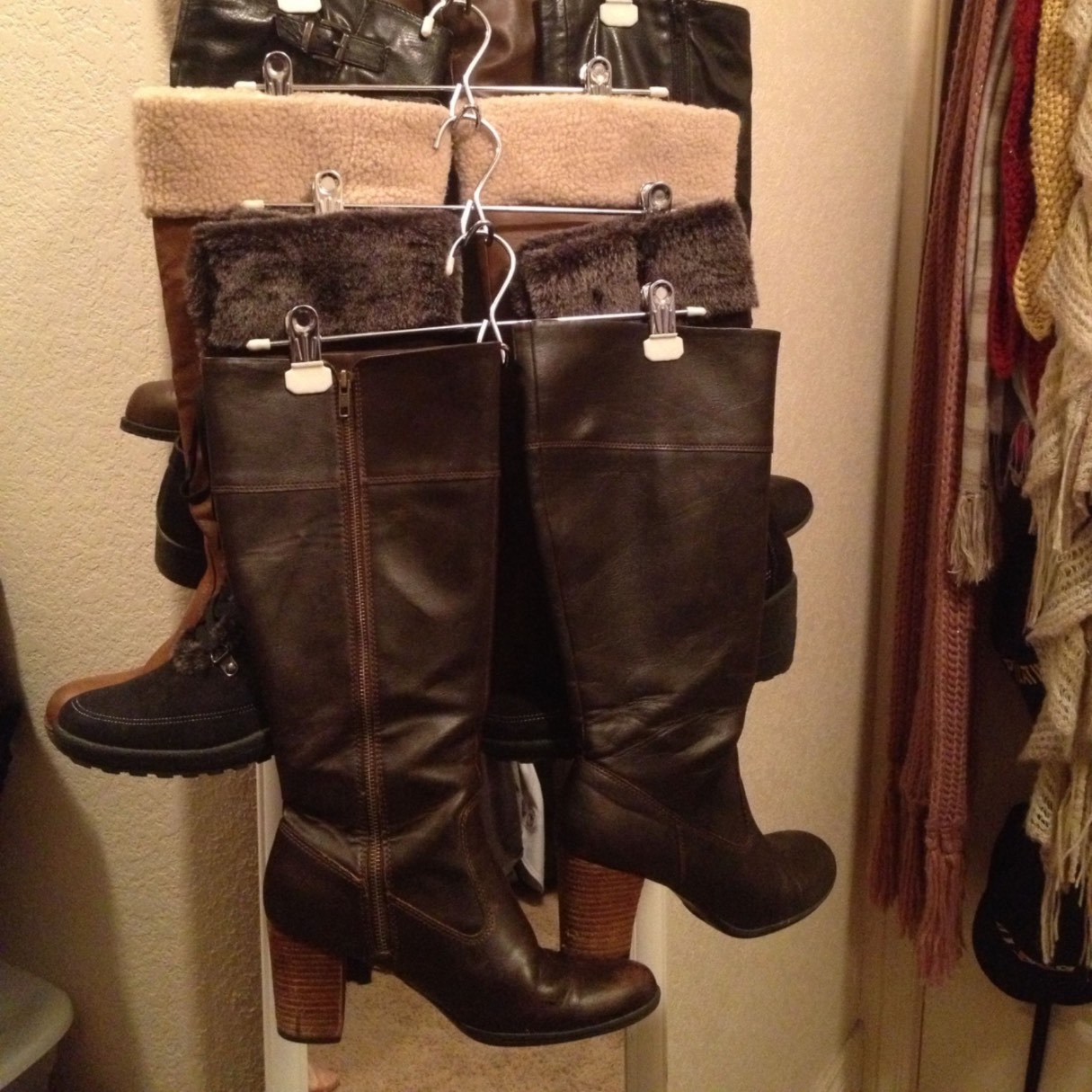

Articles
How To Store Long Boots
Modified: January 19, 2024
Discover the best way to store your long boots with our helpful articles. Keep your boots in great condition and maximize their lifespan.
(Many of the links in this article redirect to a specific reviewed product. Your purchase of these products through affiliate links helps to generate commission for Storables.com, at no extra cost. Learn more)
Introduction
When it comes to taking care of your footwear, knowing how to properly store your long boots is essential. Whether you have invested in a stylish pair of knee-high boots or a trendy pair of over-the-knee boots, proper storage is crucial to keep them looking their best and maintaining their shape.
Improper storage can lead to creases, wrinkles, and damage to the material, diminishing the longevity and appearance of your beloved boots. In this article, we will guide you through the process of storing your long boots correctly. From cleaning and preparing your boots for storage to choosing the right storage method, we have got you covered.
So, let’s dive in and learn the art of long boot storage!
Key Takeaways:
- Properly storing long boots is crucial for maintaining their quality and shape. From cleaning and conditioning to choosing the right storage method, these techniques will help preserve your boots for long-lasting wear.
- Avoid common storage mistakes such as direct sunlight exposure and overstuffing. By following proper storage techniques, you can ensure your long boots remain in excellent condition and ready to elevate your style.
Read more: How To Store Boots
Cleaning and Preparing Your Boots for Storage
Before storing your long boots, it is important to give them a thorough cleaning. Dirt, dust, and moisture can accumulate on the surface of your boots, causing them to deteriorate over time. Follow these steps to ensure your boots are clean and ready for storage:
- Start by removing any excess dirt or debris from the boots. Use a soft brush or cloth to gently brush off any dirt.
- If your boots are made of smooth leather, wipe them down with a damp cloth. For suede or nubuck boots, use a suede brush to gently remove any stains or marks.
- Allow your boots to air dry completely before proceeding to the next step. Avoid using heat sources to speed up the drying process, as this can damage the material.
- Once your boots are clean and dry, it is recommended to condition them. Apply a leather conditioner or suede protector to keep the material moisturized and protected from stains.
- If your boots have zippers or buckles, make sure they are closed or fastened properly to prevent any bending or damage during storage.
After cleaning and conditioning your boots, it is time to prepare them for storage. Follow these tips to ensure your boots remain in pristine condition while in storage:
- Stuff your boots with acid-free tissue paper or boot inserts to help them maintain their shape. Avoid using newspaper or colored tissue paper, as they may transfer ink or dye onto your boots.
- If you don’t have boot inserts, you can also use rolled-up magazines or pool noodles as a cost-effective alternative.
- Consider using boot trees to keep your boots upright and prevent them from sagging or folding. Boot trees are especially useful for leather boots, as they help maintain the shape and prevent creasing.
- Avoid storing your boots in plastic bags, as they can trap moisture and promote the growth of mold and mildew. Instead, opt for breathable fabric shoe bags or pillowcases to protect your boots from dust and allow air circulation.
- Before storing your boots, give them one final wipe down with a soft cloth to remove any lingering dust or residue.
By following these cleaning and preparation steps, you will ensure that your long boots are ready for safe and proper storage.
Choosing the Right Storage Method
When it comes to storing your long boots, there are several options to choose from. The ideal storage method will depend on the available space, the number of boots you need to store, and your personal preferences. Consider the following storage options:
- Hanging Your Boots: If you have a spacious closet or a dedicated boot storage area, hanging your boots can be an effective method. Use boot hangers or clip hangers to hang your boots by their shafts, ensuring that they are not folded or squeezed. This method helps maintain the shape of the boots and allows for easy access when you want to wear them.
- Using Boot Inserts or Stuffers: If you have limited storage space or prefer to store your boots in boxes, using boot inserts or stuffers is a great option. These inserts help the boots maintain their shape and prevent creasing. You can find specially designed boot inserts or use rolled-up magazines, pool noodles, or even empty plastic bottles. Insert them into the shafts of the boots to maintain their upright position.
- Storing Boots in Boxes: Storing your long boots in boxes is another popular method, especially if you want to protect them from dust and potential damage. Use sturdy shoe boxes or clear plastic containers with lids. Place each boot individually in its own box, and label the boxes to easily identify the pair you want to wear later. To save space, you can stack the boxes or use vertical organizers.
- Wrapping and Covering Your Boots: To protect your boots from dust and scratches, you can also wrap them individually or use boot covers. Wrap each boot in acid-free tissue paper or bubble wrap before placing them in a storage bin or on a shelf. You can also use fabric boot covers or even old socks to keep your boots dust-free.
Consider your storage space, accessibility, and the level of protection you want for your boots when choosing the right storage method. Remember that proper ventilation and protection from moisture and sunlight are crucial factors to preserve the quality of your boots.
Now that you have an idea of the different storage methods available, you can select the one that best suits your needs and keeps your long boots in excellent condition until the next time you wear them.
Hanging Your Boots
If you have a spacious closet or a dedicated boot storage area, hanging your boots can be an effective and space-saving method. Hanging your boots not only helps them maintain their shape but also allows for easy access and visibility. Follow these steps to hang your boots:
- Invest in Boot Hangers: Look for specialized boot hangers that are designed to hold boots by their shafts. These hangers come in various styles, such as clip hangers or adjustable boot hangers. Choose hangers that are durable and can easily support the weight of your boots.
- Prepare Your Boots: Before hanging your boots, ensure they are clean, dry, and properly stuffed with boot inserts or tissue paper. This will help maintain their shape while hanging and prevent creasing or sagging.
- Hang the Boots: Place each boot on a separate boot hanger, inserting the hanger into the shaft of the boot. Make sure the hanger is secure and does not slide out. Avoid overcrowding your boots by giving each pair sufficient space to hang freely without touching each other.
- Store on a Hanging Rod: If you have a hanging rod in your closet or storage area, hang the boots on the rod using the hangers. Make sure to balance the weight by distributing the boots evenly along the rod. If you don’t have a hanging rod, you can install additional hooks or use a rod system specifically designed for hanging boots.
- Organize and Access: Once your boots are hanging on the rod, arrange them in a way that makes it easy for you to locate and access the desired pair. You can sort them by color, heel height, or style to simplify the selection process. Consider using dividers or labels to keep them organized and maintain an aesthetic display.
By hanging your boots, you can maximize the use of vertical space and keep your boots visible and accessible. This method not only helps in maintaining the shape of the boots but also prevents them from getting crushed or damaged, which can occur when they are stored in a pile or box.
Remember to periodically check your hanging boots for any signs of damage or stretching to ensure their longevity. With proper care and storage, your long boots will be ready to elevate your style every time you wear them.
Using Boot Inserts or Stuffers
If you have limited storage space or prefer to store your long boots in boxes, using boot inserts or stuffers is a fantastic option. Boot inserts or stuffers help your boots maintain their shape, prevent creasing, and preserve their integrity. Here’s how you can effectively use boot inserts or stuffers:
- Choose the Right Inserts: Look for boot inserts or stuffers that fit the height and width of your boots. You can find specially designed boot inserts made of foam or plastic, or you can use alternative options such as rolled-up magazines or pool noodles. The goal is to fill the space inside your boots to prevent them from collapsing or losing their original shape.
- Prepare Your Boots: Before inserting any boot stuffers, make sure your boots are clean, dry, and conditioned. It is crucial to stuff your boots while they are in optimal condition to avoid trapping any moisture or odors.
- Insert the Stuffing: Take your chosen boot inserts or stuffers and insert them into the shafts of your boots. Gently push them all the way down to the bottom, ensuring that they fill the entire space inside the boots. You can use one stuffer per boot or use multiple smaller stuffers strategically placed to offer comprehensive support.
- Don’t Overstuff: While it’s important to fill the boot shafts adequately, be careful not to overstuff them. Overstuffing can put unnecessary pressure on the boots and deform their shape. The goal is to provide enough support to keep the boots upright without straining the material.
- Consider Boot Trees: Another option to maintain the shape of your long boots is to use boot trees. Boot trees are specially designed inserts shaped like the foot and calf area of a boot. They provide comprehensive support and help prevent creasing and sagging. Boot trees are particularly useful for leather boots, as they help retain the boot’s shape and prevent creases from forming.
By using boot inserts or stuffers, you effectively preserve the shape and structure of your long boots. They help prevent creases, maintain the integrity of the material, and ensure your boots are ready to be worn whenever you pull them out of storage.
Remember to periodically check your boots and refresh the inserts or stuffers if necessary. With proper care and the use of boot inserts or stuffers, your long boots will stay in excellent condition and be ready to elevate your style whenever you decide to wear them.
Store long boots upright to prevent creasing and maintain their shape. Use boot shapers or rolled-up magazines to support the shaft. Keep them in a cool, dry place to prevent mold and mildew.
Read more: How To Store Boots In Closet
Storing Boots in Boxes
If you prefer to keep your long boots stored in boxes, this method provides added protection from dust, sunlight, and potential damage. Properly stored boots in boxes maintain their shape and quality over time. Follow these steps to store your boots in boxes:
- Choose Sturdy Boxes: Select sturdy shoe boxes or clear plastic containers with lids. Ensure that the boxes are clean, dry, and in good condition before using them for storage. Avoid using cardboard boxes that can easily get damaged or absorb moisture.
- Prepare Your Boots: Before placing your boots in the boxes, make sure they are clean, dry, and properly stuffed with boot inserts or tissue paper. This helps maintain their shape and prevents any creasing or sagging while in storage.
- Individual Boot Boxes: Place each boot individually in its own box to prevent them from rubbing against each other and potentially causing damage. This is especially important for boots made of delicate materials like suede or leather.
- Label the Boxes: To easily identify the pair of boots you want to wear, label each box with the corresponding boot style, color, or any other relevant information. This will save you time and effort when searching for a specific pair.
- Stacking or Using Organizers: If you have multiple pairs of boots, you can stack the boxes neatly on top of each other to save space. Make sure to place the heavier boots at the bottom of the stack to avoid crushing the lighter ones. Alternatively, you can use vertical boot organizers or shelves specifically designed to store boots, ensuring easy access and organization.
- Store in a Cool, Dry Place: Find a storage area that is cool, dry, and away from direct sunlight. Excessive heat and humidity can damage the boots’ material, leading to discoloration, mold growth, or deterioration. Avoid storing boots in areas prone to moisture, such as basements or attics.
By storing your boots in boxes, you provide an extra layer of protection and organization. The boxes shield your boots from dust, sunlight, and potential damage, ensuring that they remain in optimal condition until you are ready to wear them again.
Remember to periodically check your stored boots to ensure they are still in good condition. Proper storage and care will keep your long boots looking great and ready to elevate your style whenever you need them.
Wrapping and Covering Your Boots
To protect your long boots from dust, scratches, and potential damage while in storage, wrapping and covering them is an effective method. This extra layer of protection ensures your boots stay in excellent condition and are ready to wear whenever you need them. Here’s how you can wrap and cover your boots:
- Wrap Individually: Wrap each boot individually in acid-free tissue paper or bubble wrap. This helps prevent dust from settling on the boots and provides a cushion against scratches or minor impacts. Gently fold the tissue paper or bubble wrap around the boots, ensuring they are fully covered.
- Use Fabric Boot Covers: Consider using fabric boot covers to protect your boots from dust and potential damage. These can be specially designed boot covers or even old socks that you no longer use. Slide one boot into each cover, ensuring they are fully enclosed and snug.
- Use Pillowcases or Drawstring Bags: If you don’t have specific boot covers, you can also use pillowcases or drawstring bags to cover your boots. Simply slide one boot into each case or bag and tie or secure the drawstring to keep the boots protected and dust-free.
- Store in a Storage Bin or on a Shelf: Place the wrapped or covered boots in a storage bin or on a shelf, ensuring they are arranged in a way that prevents them from getting squished or damaged. If stacking multiple pairs, place a layer of tissue paper or a soft cloth between each pair to further protect them.
- Add Identification Labels: To easily identify the boots without unwrapping them, consider adding labels or tags to the outside of the wrapping or covering. Include information such as the boot style, color, or any other relevant details. This will make it convenient to locate the pair you want to wear later on.
By wrapping and covering your boots, you provide an extra layer of protection against dust, scratches, and potential damage. This method is especially useful if you plan on storing your boots for an extended period or in a place where dust accumulation is more likely.
Remember to periodically check your wrapped or covered boots to ensure there are no signs of moisture or damage. With proper wrapping and covering, your long boots will stay in excellent condition and be ready to step out in style whenever you take them out of storage.
Avoiding Common Mistakes in Boot Storage
Proper boot storage is essential for preserving the condition and prolonging the lifespan of your long boots. To ensure you avoid common mistakes that can damage or compromise your boots, keep the following tips in mind:
- Avoid Direct Sunlight: Direct sunlight can fade the color and warp the material of your boots. Always store your boots in a cool, dry area away from direct sunlight to maintain their original appearance.
- Avoid Damp or Humid Places: Moisture can lead to mold, mildew, and damage to the material of your boots. Avoid storing your boots in damp or humid areas such as basements or bathrooms. It is important to keep your boots in a dry environment to prevent the growth of mold or the possibility of water damage.
- Do Not Overstuff or Overcrowd: Overstuffing your boots or storing them in overcrowded spaces can cause them to lose their shape or get creased. Make sure to provide enough space for each boot to maintain its original form and prevent unnecessary pressure on the material.
- Avoid Using Plastic Bags: Storing your boots in plastic bags can trap moisture and lead to mold and mildew growth. Instead, use breathable fabric shoe bags or pillowcases that allow for ventilation while protecting your boots from dust and dirt.
- Do Not Fold or Bend: Folding or bending your boots for a prolonged period can cause permanent creases and damage the material. Always store your boots in an upright position to maintain their shape and prevent unnecessary strain.
- Do Not Store Dirty Boots: It is important to clean your boots before storing them. Storing dirty boots can lead to stains setting in and attract pests that might damage them. Make sure to clean, dry, and condition your boots properly before placing them in storage.
- Avoid Extreme Temperature Changes: Rapid temperature changes can cause the material of your boots to expand or contract, leading to cracking or warping. Avoid storing your boots in areas with extreme temperature fluctuations, such as attics or unheated basements.
- Regularly Check and Rotate: Periodically check your stored boots to ensure they are in good condition. This includes checking for any signs of mold, mildew, or damage. It is also recommended to rotate the pairs you have in storage regularly to ensure even usage and prevent any single pair from being compressed for too long.
By avoiding these common mistakes, you can ensure that your long boots remain in excellent condition and are ready to wear whenever you need them. Remember, proper storage is vital for preserving the quality and longevity of your boots.
Conclusion
Properly storing your long boots is essential for maintaining their quality, shape, and overall appearance. By following the tips and techniques outlined in this article, you can ensure that your boots stay in pristine condition, ready to elevate your style whenever you step out.
Start by cleaning and preparing your boots for storage. Remove any dirt or debris, wipe them down, and allow them to dry completely. Conditioning the boots will help keep the material moisturized and protected during storage.
Choosing the right storage method is crucial. Whether you opt for hanging your boots, using boot inserts or stuffers, storing them in boxes, or wrapping them individually, ensure that you select the method that suits your available space and personal preferences.
Avoid common mistakes such as exposing your boots to direct sunlight, storing them in damp areas, overstuffing or overcrowding, using plastic bags, folding or bending them, and leaving them dirty. By avoiding these mistakes, you can prevent damage and preserve the quality of your boots.
Remember to periodically check your stored boots for any signs of moisture, mold, or damage. Maintaining a cool, dry storage space away from direct sunlight is essential to ensure the longevity of your boots.
By giving your long boots the proper care and storage they deserve, you can extend their lifespan and keep them looking their best. Whether you rotate them seasonally or store them for longer periods, these storage techniques will help protect your investment and ensure that you step out in style every time you wear your boots.
So, take the time to clean, prepare, and store your long boots properly, and enjoy the satisfaction of having well-preserved, ready-to-wear footwear at your disposal. Your boots will thank you for it!
Frequently Asked Questions about How To Store Long Boots
Was this page helpful?
At Storables.com, we guarantee accurate and reliable information. Our content, validated by Expert Board Contributors, is crafted following stringent Editorial Policies. We're committed to providing you with well-researched, expert-backed insights for all your informational needs.
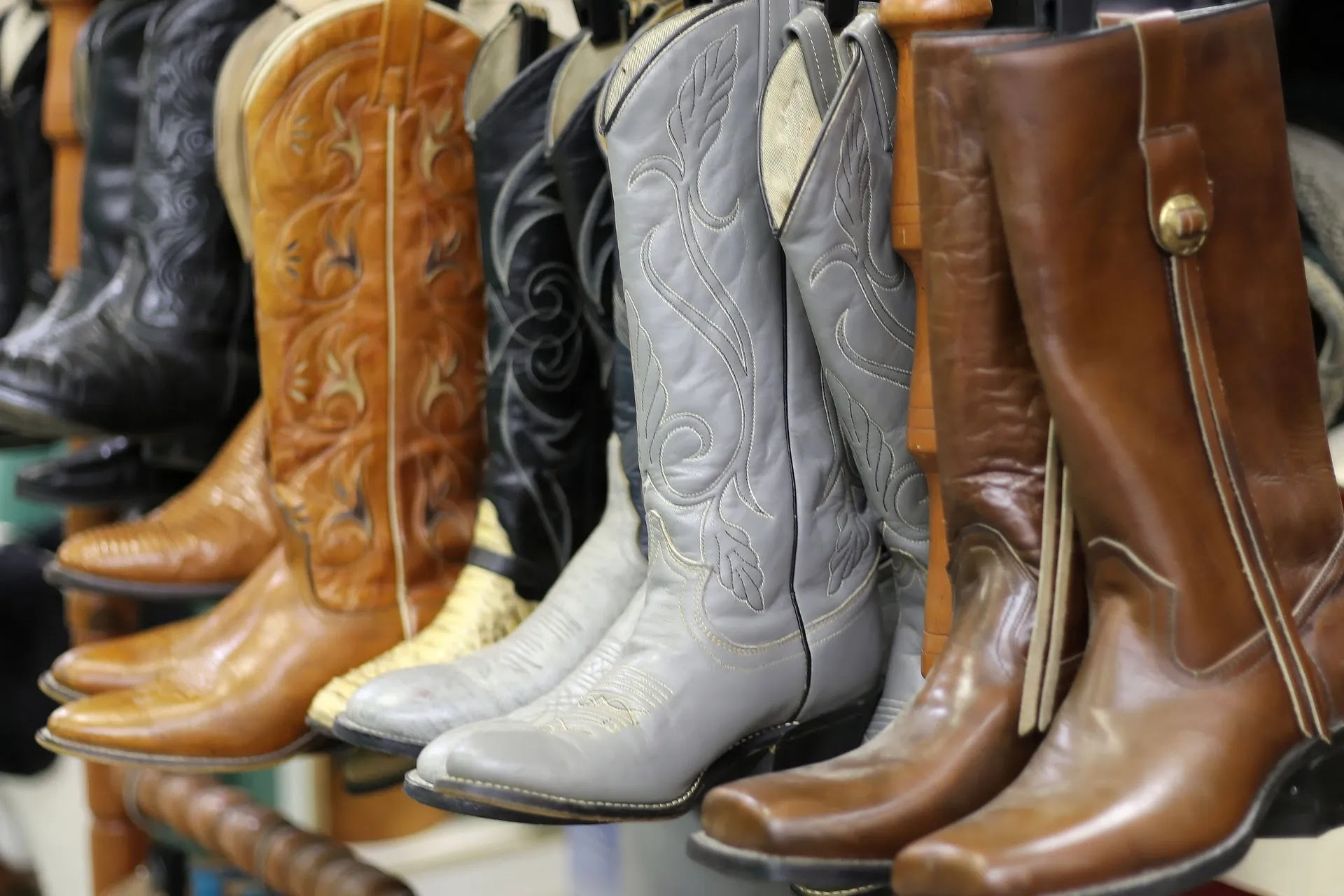

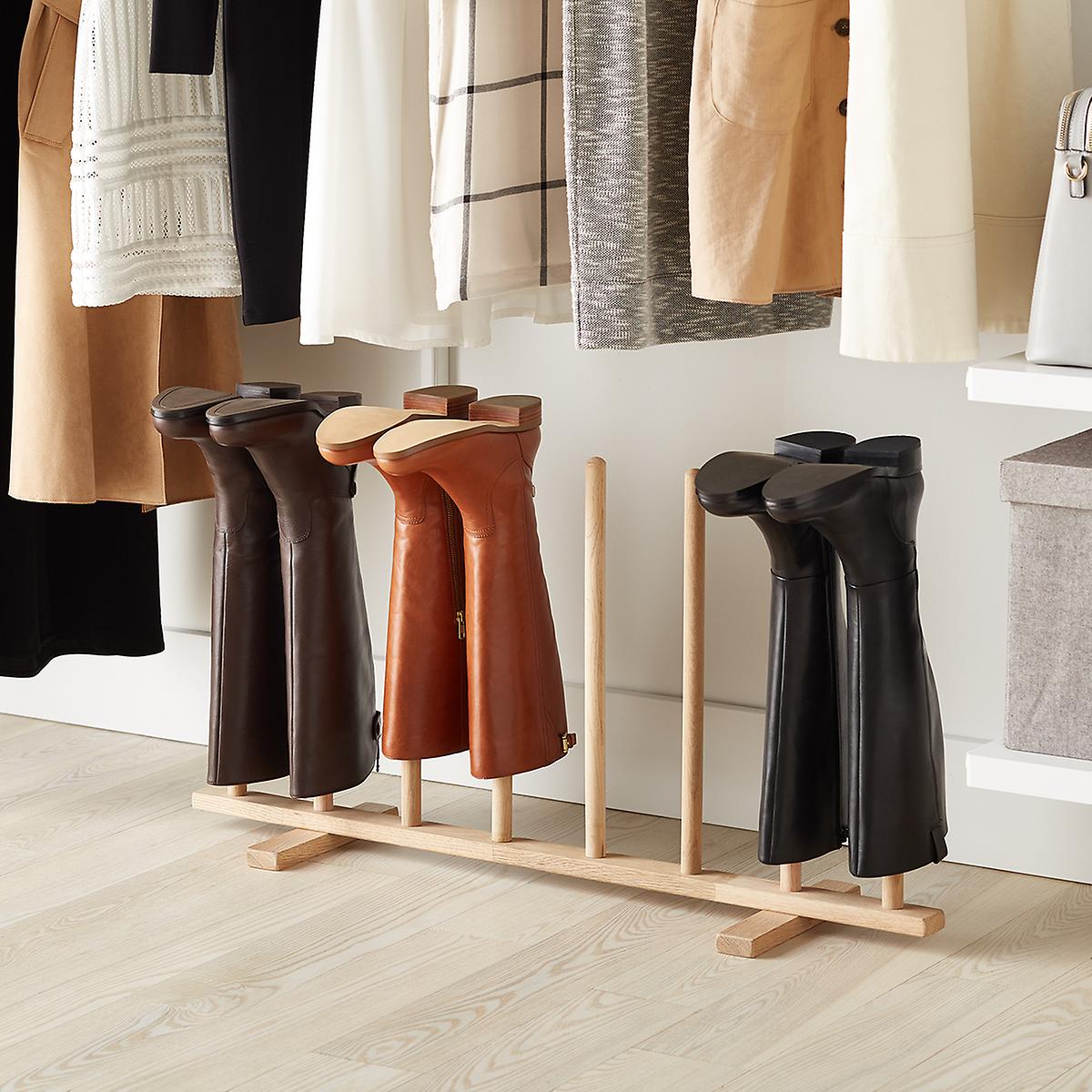
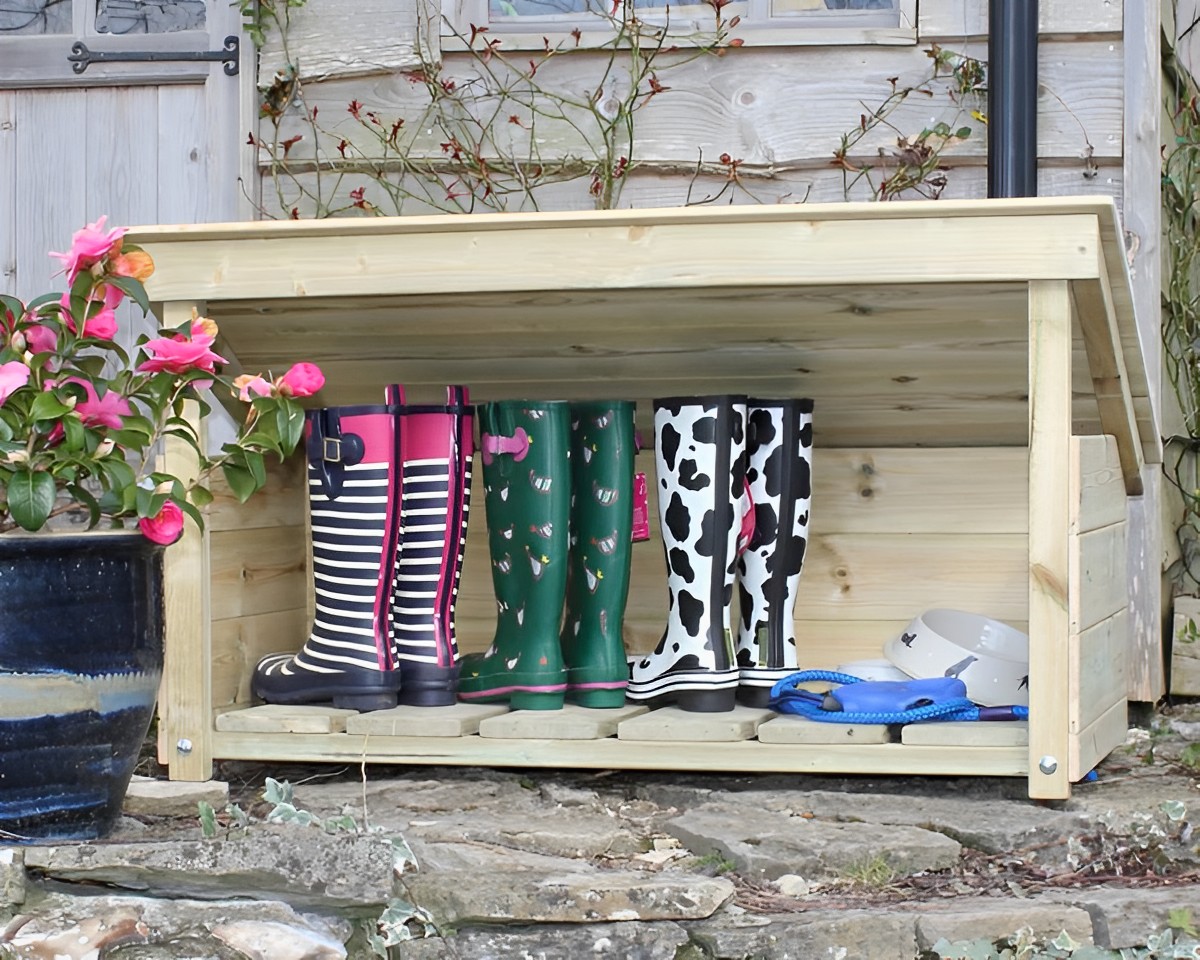
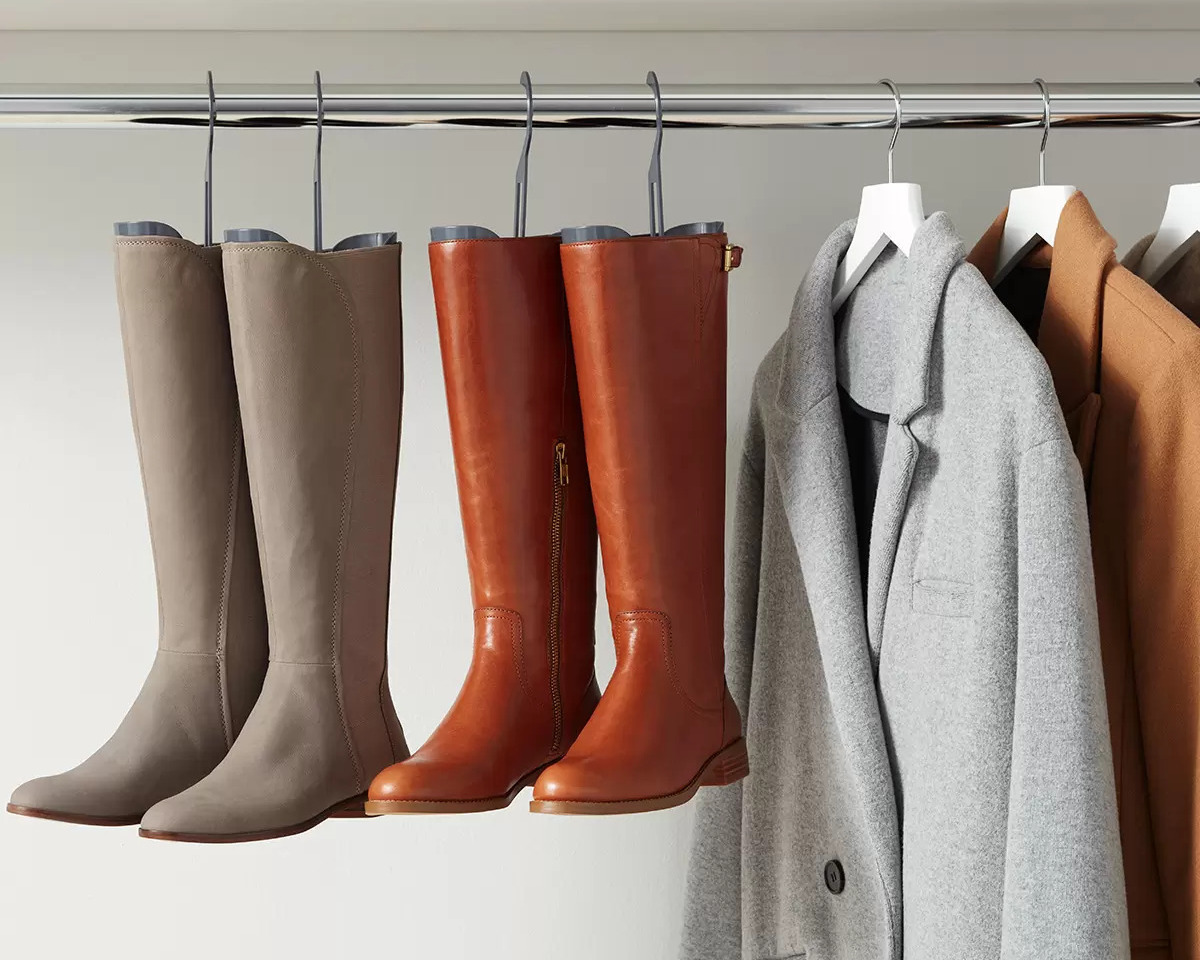
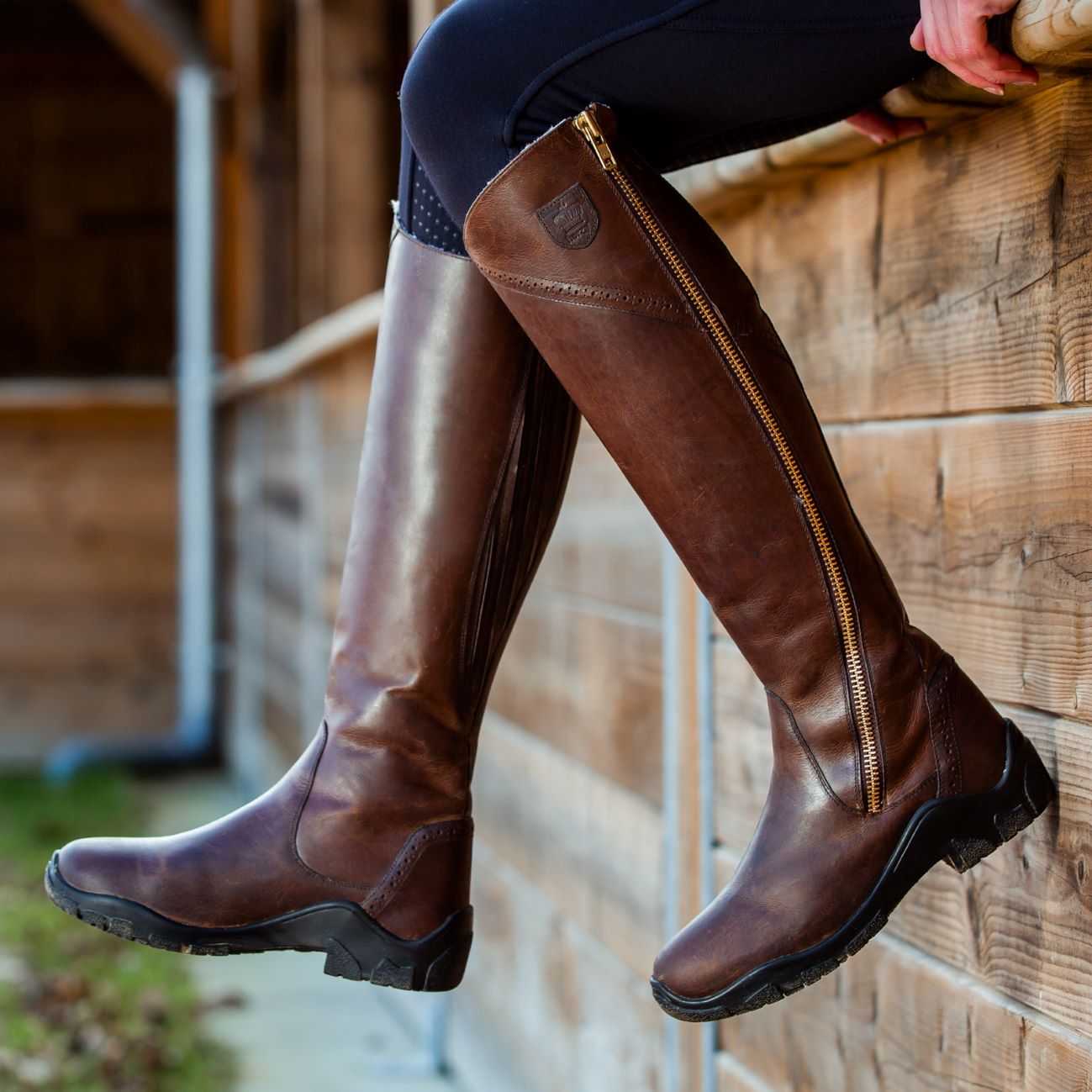
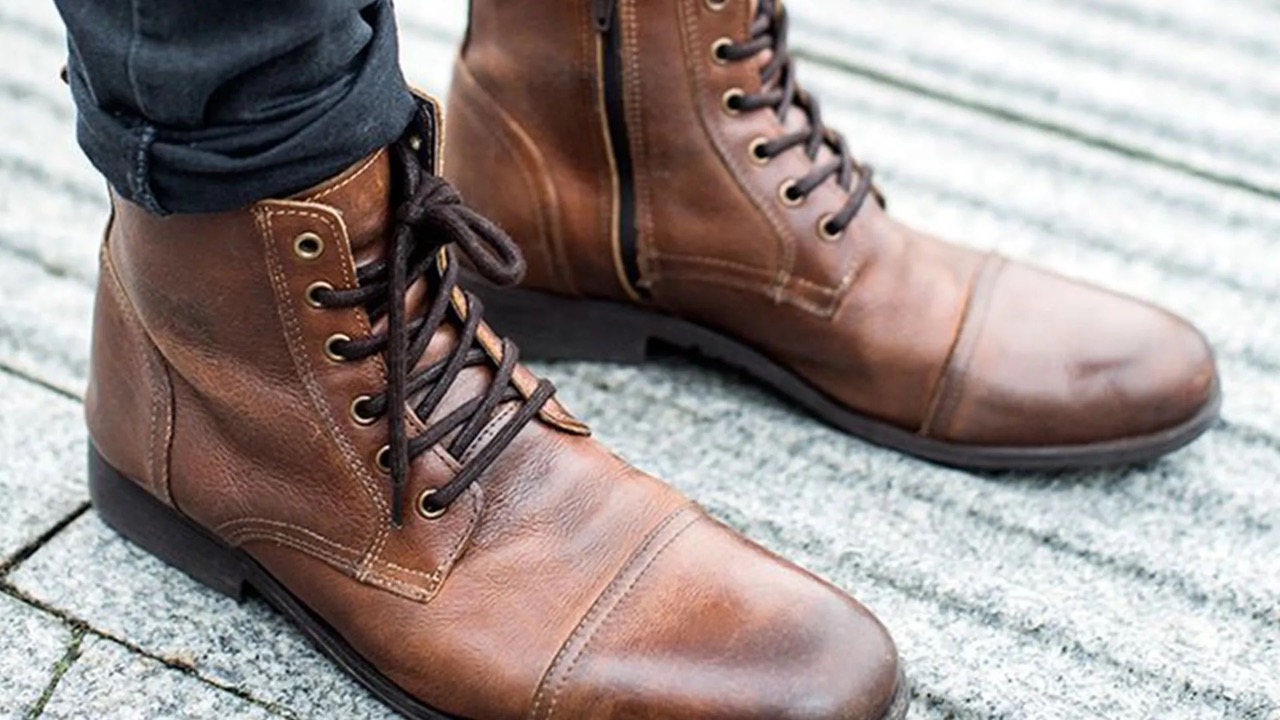
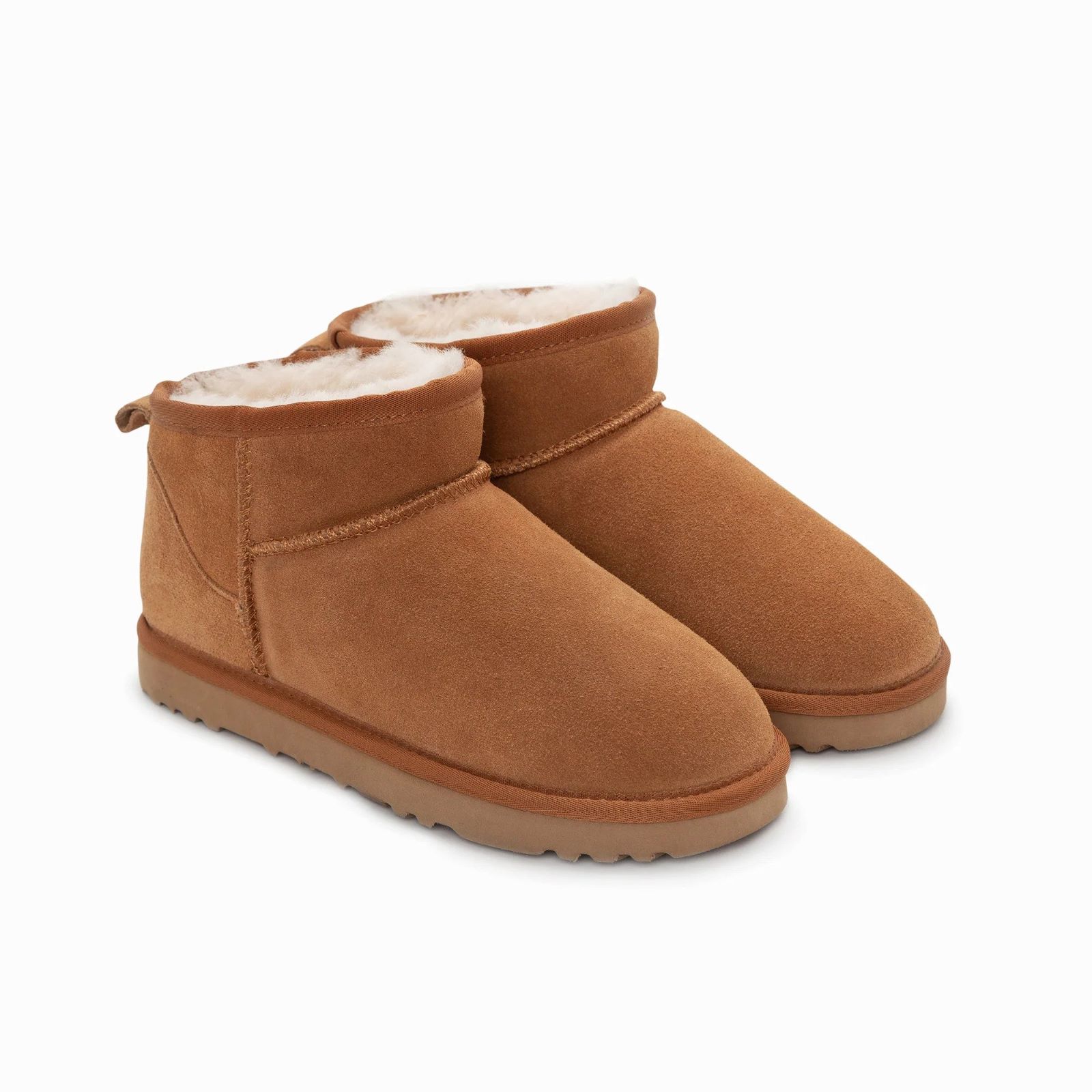
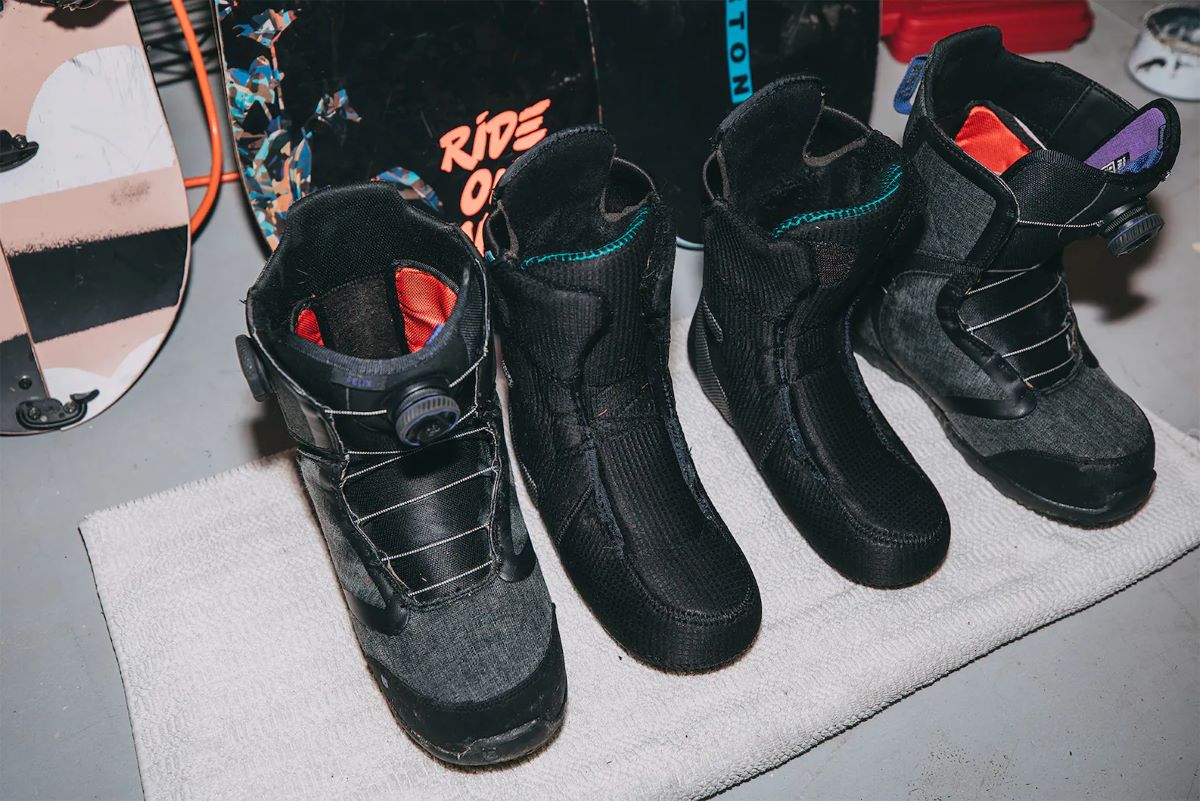
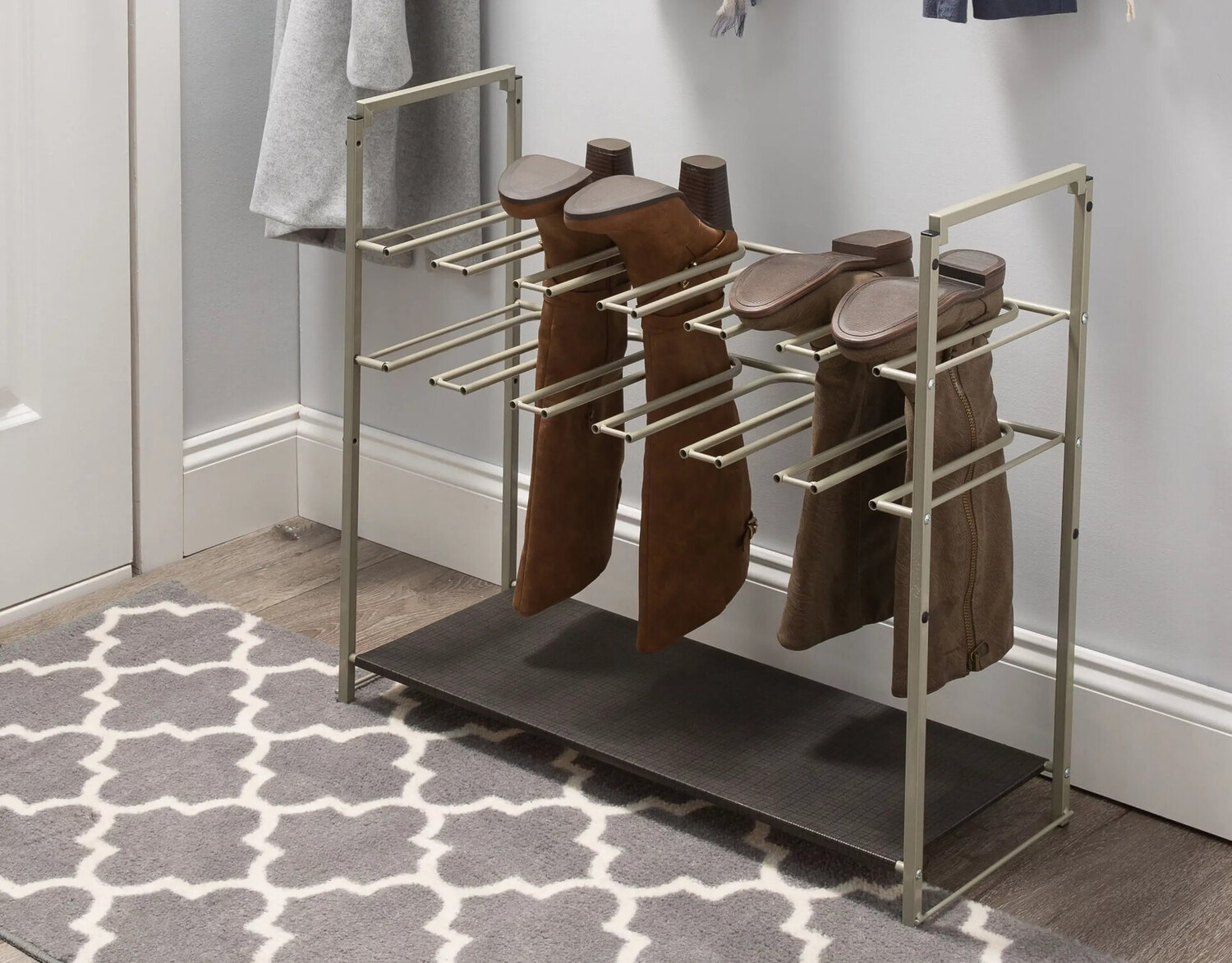
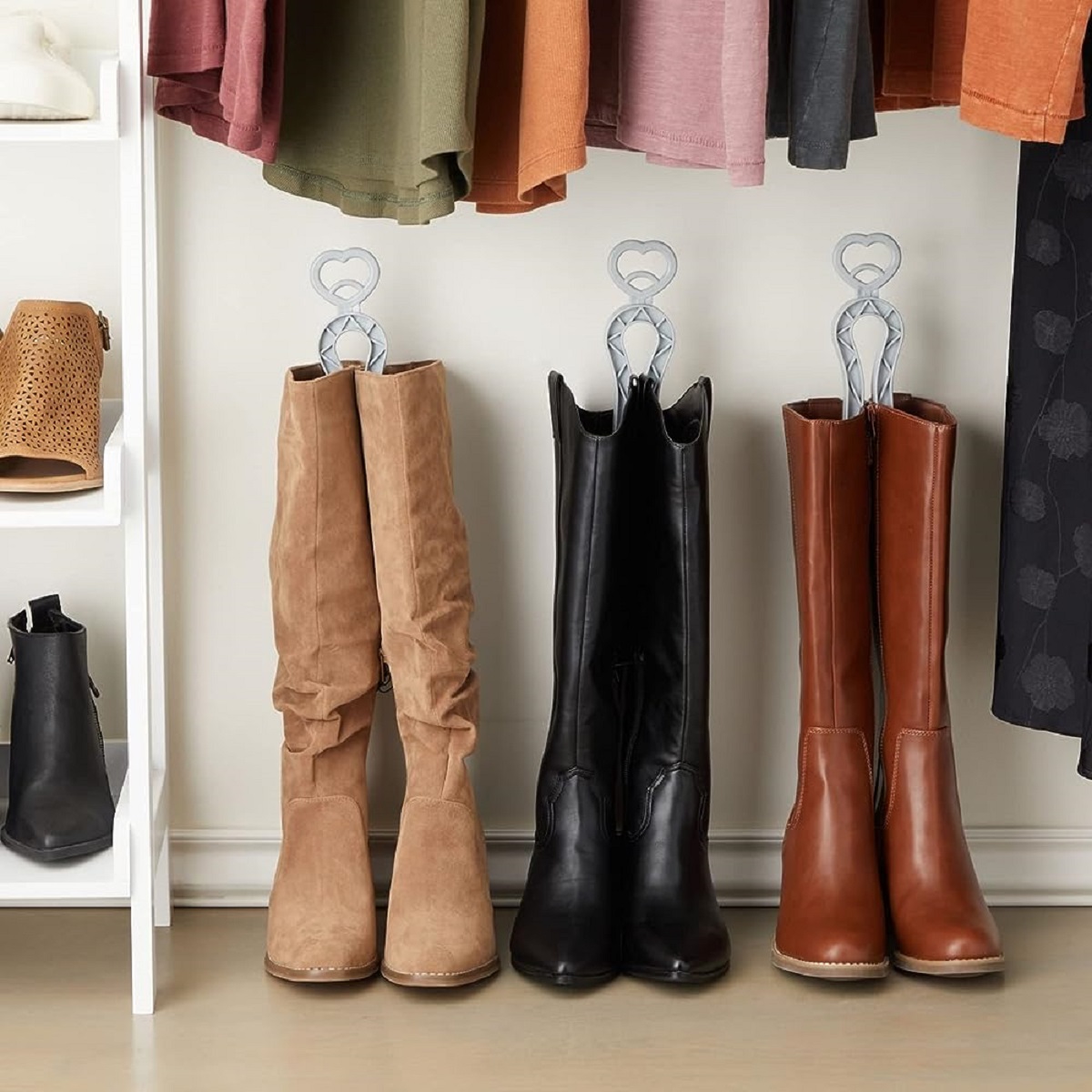

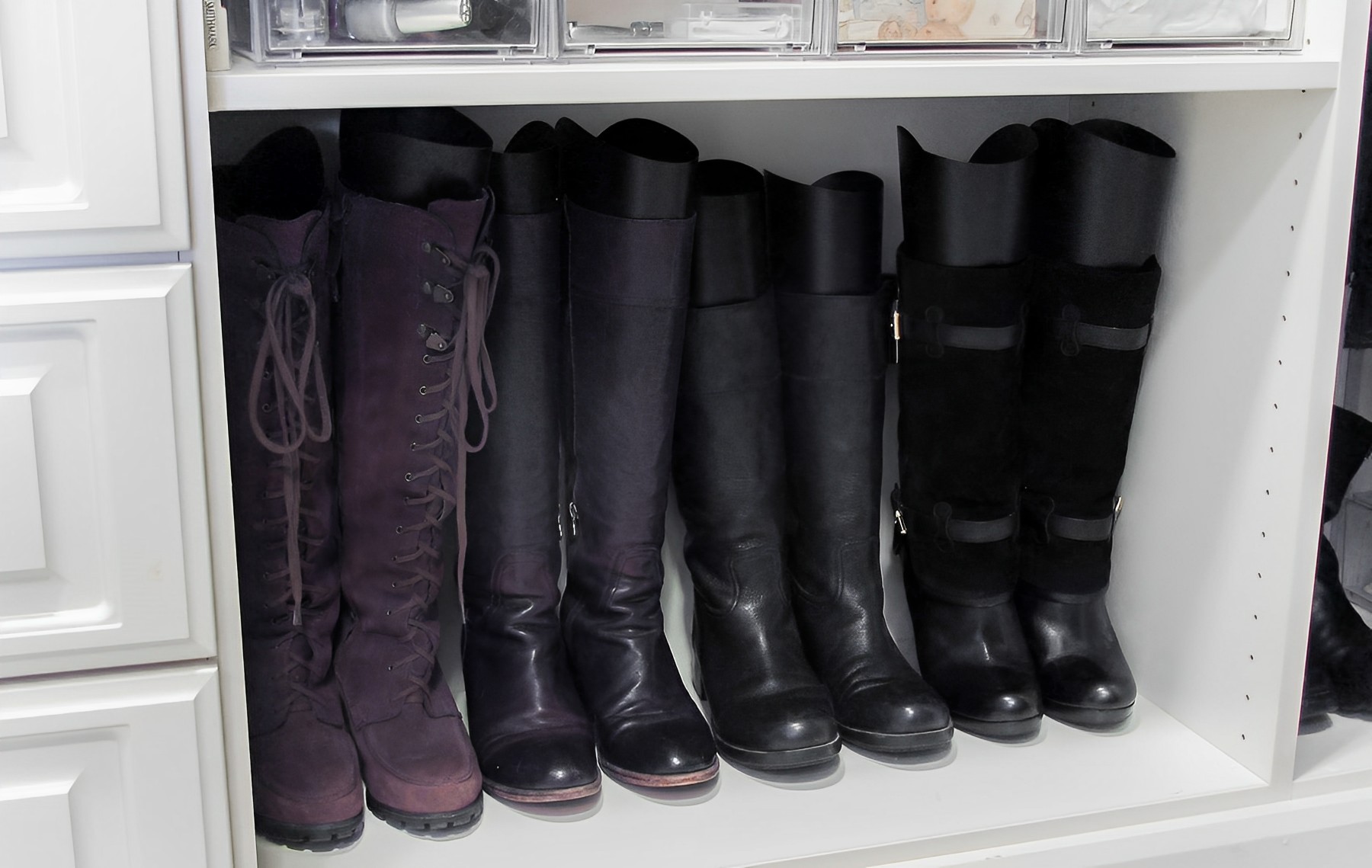
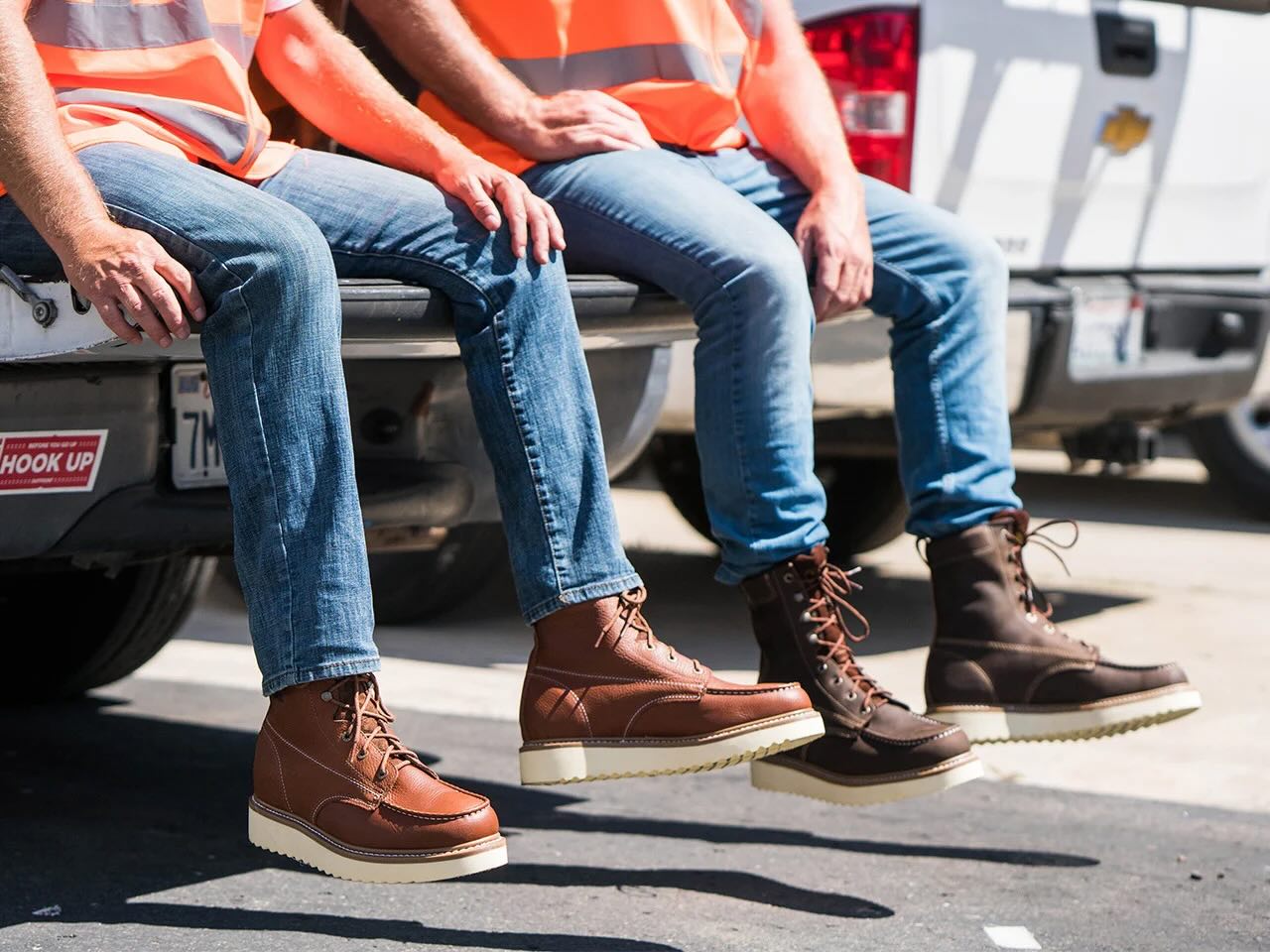

0 thoughts on “How To Store Long Boots”